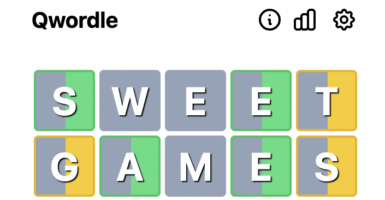If You See Coins Placed On Gravestones, Don’t Pick Them Up – They Have A Specific Meaning
While visiting a cemetery, most people expect to see flowers and statues on top of graves. But many American graves have coins–on the headstone, on the grave marker, or in the grass. These are not spare change; they have a specific meaning that dates back thousands of years. If you’re wondering what that meaning is, keep reading.
Coins Appear On Graves Across America
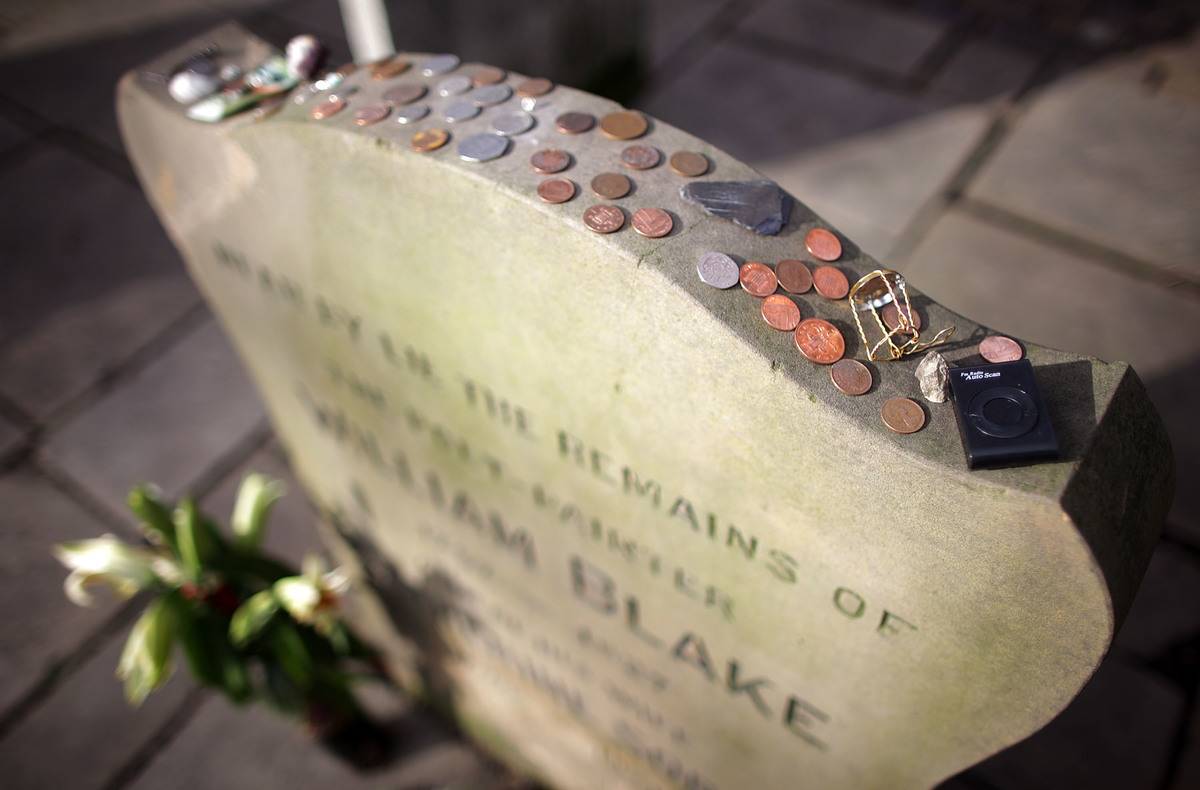
Across America, people have been leaving coins on graves. They sit on top of the headstones or at the base, near the grass.
If you find coins in a cemetery, do not pick them up! They are not loose change. In short, they are gifts to the deceased. But what do they mean, and how did this happen?
Humans Have Been Honoring Graves For Thousands Of Years

To start, we have to go back in time. Scientists have found evidence of grave offerings as far back as the Stone Age. Neolithic humans would bury their comrades with pottery, food, or stone weapons.
Historians cannot determine if Neolithic humans believed in a life after death, but these offerings indicate that they did.
These Offerings Had A Spiritual Purpose
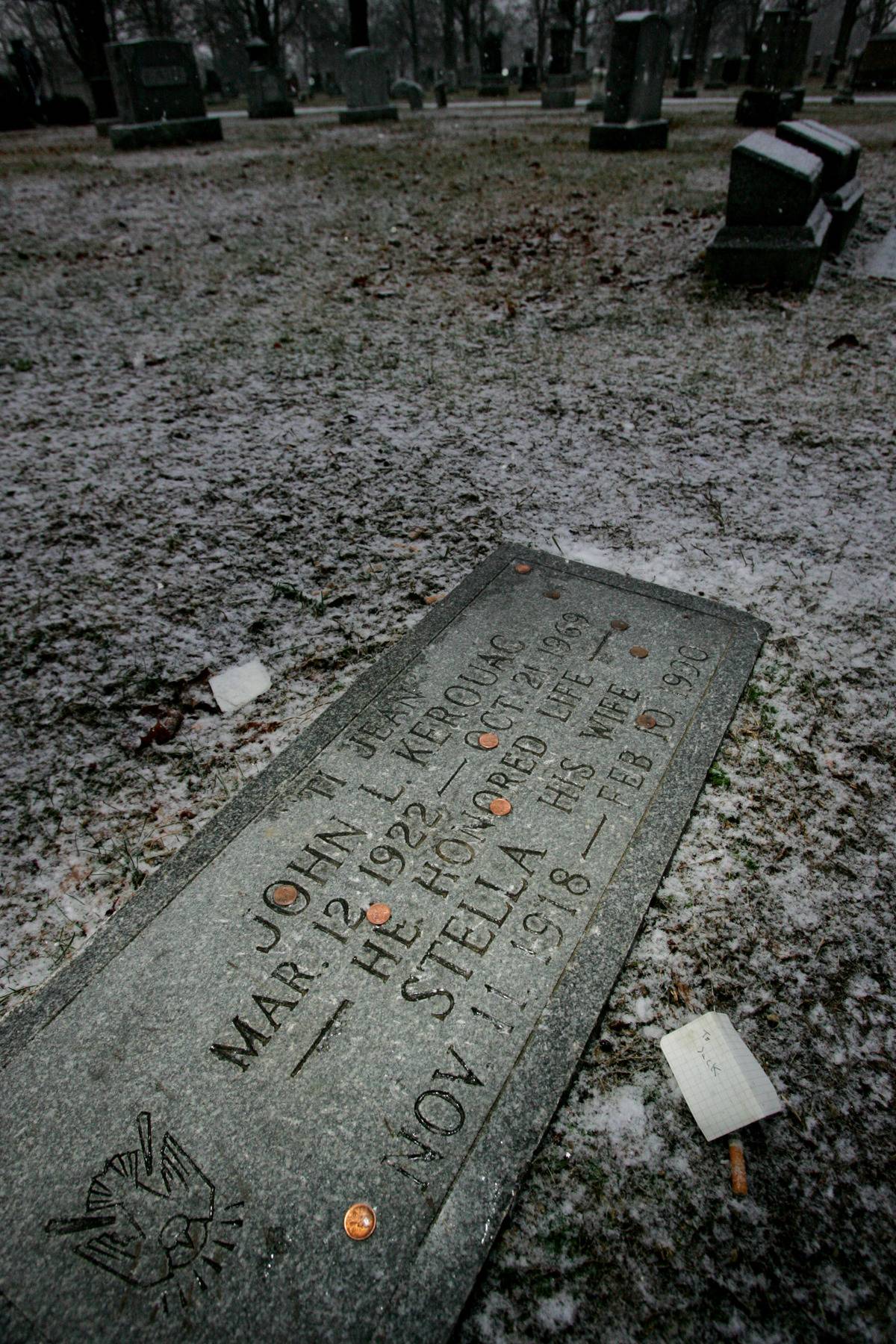
In ancient times, people who bury loved ones with items inside, on, or near their graves. They believed that the deceased would carry these items into the afterlife.
These were called grave goods. Unlike today’s cemetery offerings, grave goods were designed to aid the deceased in their transition into the afterlife.
And There Weren’t Just Coins
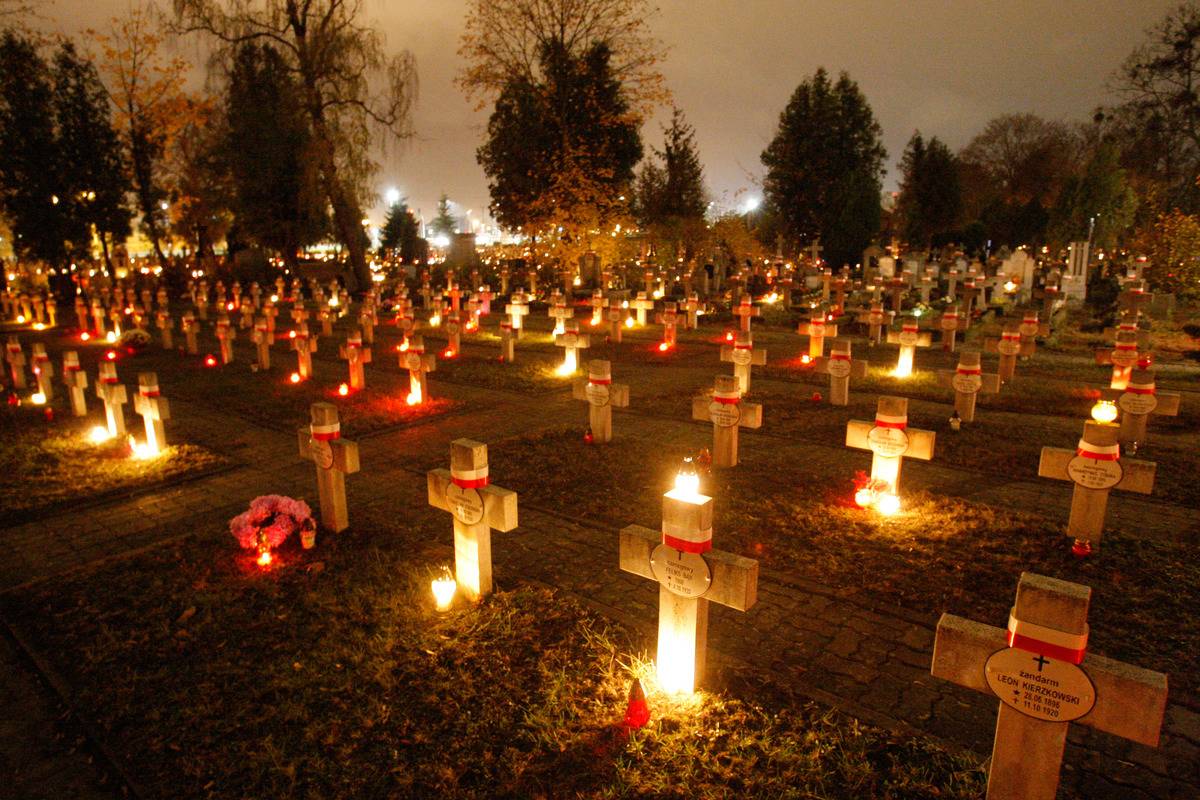
Ancient Egypt had some of the most comprehensive grave goods, especially for the rich. According to the World History Encyclopedia, people would be buried with foods, drinks, dolls, jewelry, board games, furniture, and valuables.
The ancients imagined an afterlife as a mirror image of life on Earth. These grave goods would allow people to enjoy the afterlife with their favorite belongings.
Charon: The Earliest Mention Of Coins In Graves
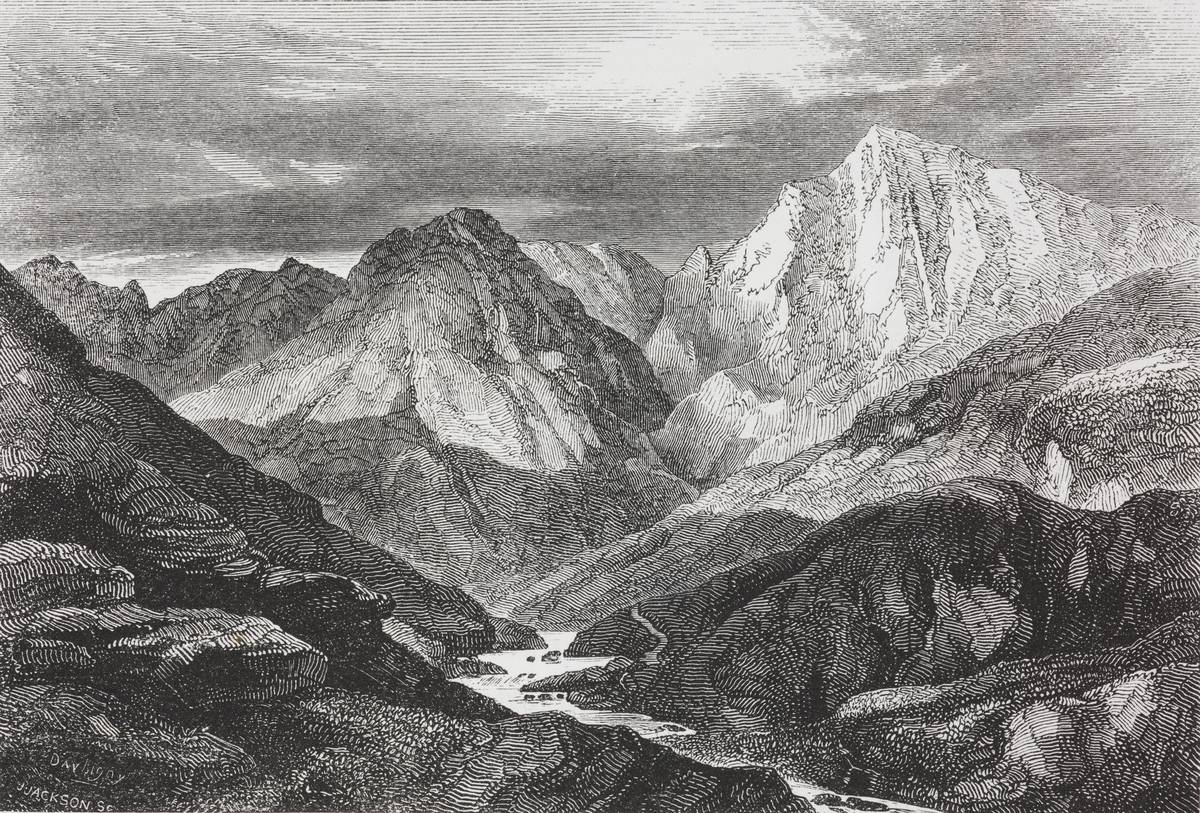
The most well-known use of coins in burials stems from ancient Greece. In Greek polytheism (also called Hellenic polytheism), a ferryman, Charon, would take the souls of the dead across the river Styx into the Underworld.
However, Charon would not bring passengers without a price. If Charon was not paid, he would leave souls on the shore for a century.
But These Coins Were Placed On The Body, Not The Grave
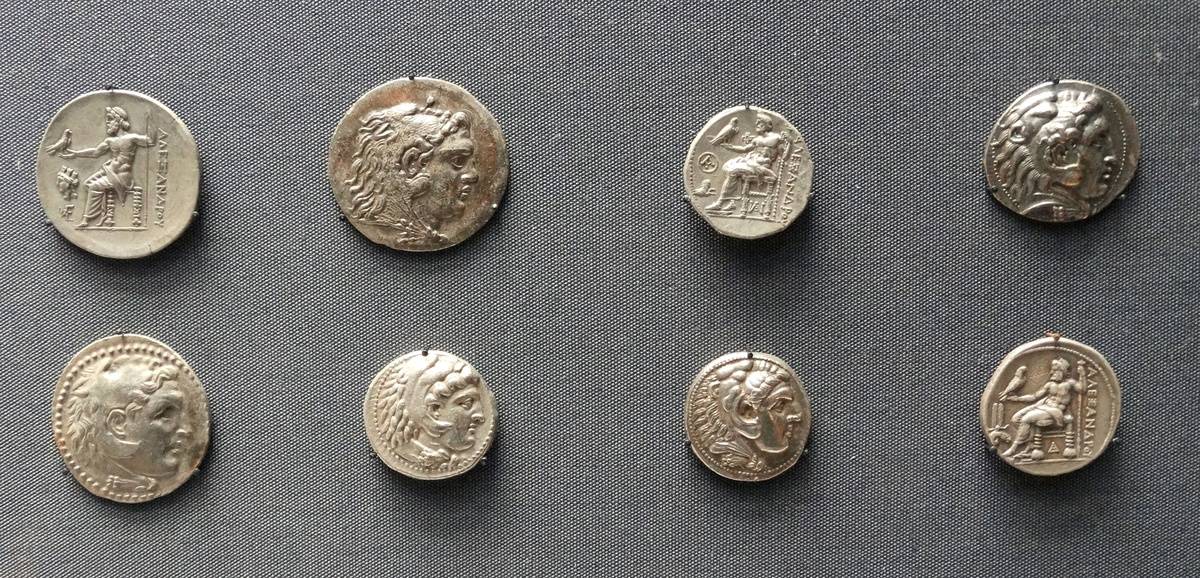
Ancient Greek coins, usually an obolus or danake, were buried with the dead to pay Charon. However, they were not placed on top of the graves.
These coins were buried with the corpse, usually on top of the eyes or inside of the mouth. If the person was cremated, people would place coins on their ashes, according to ancient coin expert Mike Markowitz.
Coins Were Part Of The Burial Process
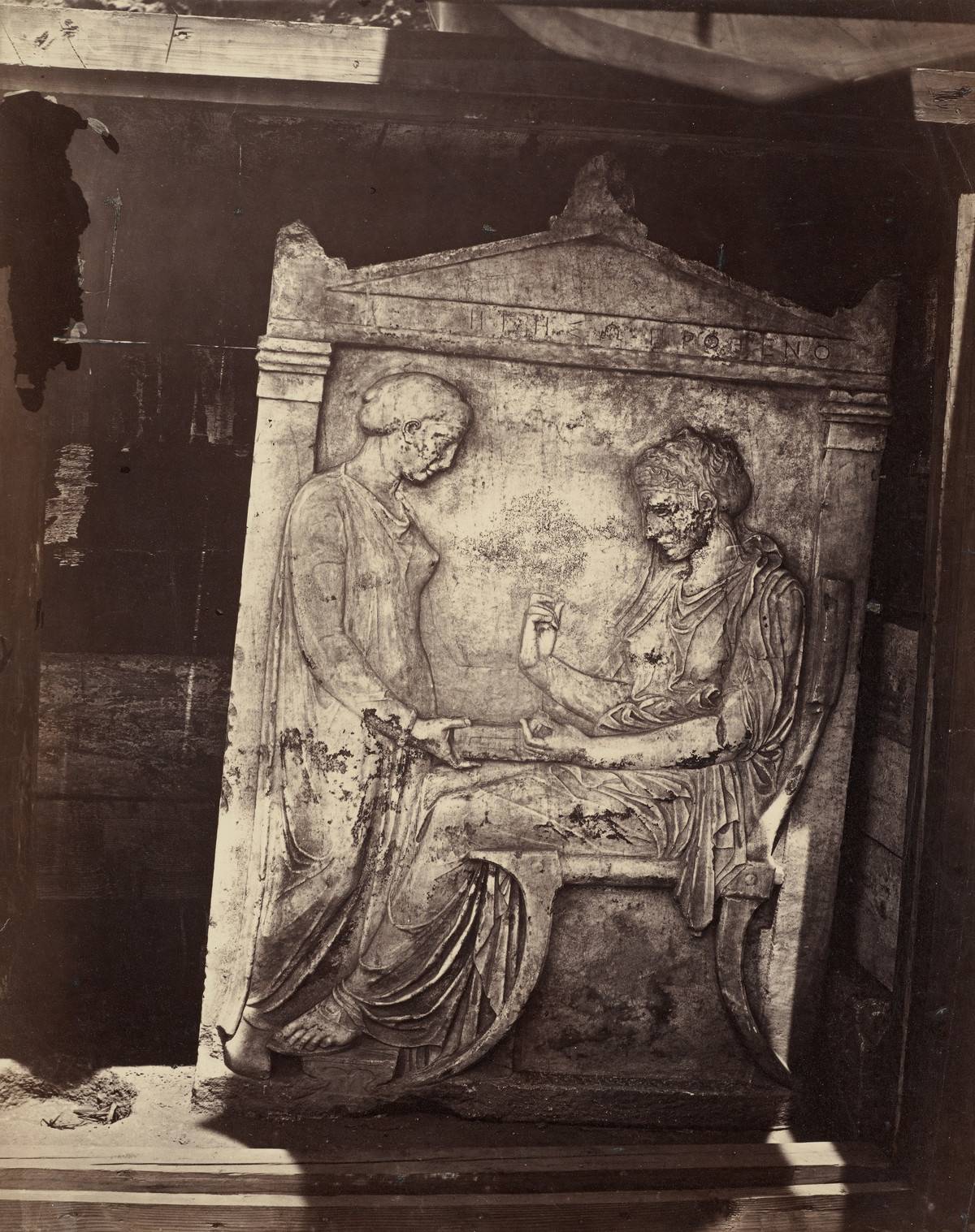
We should note that coins were not the only ancient Greek offering. In fact, “Charon’s obols” were actually a part of the body preparation process, an ancient form of embalming.
After the deceased was buried, the ancients would pour libations such as honey, milk, wine, oils, and perfumes. Other food offerings, like celery and dried fruits, were also common.
The Coin Tradition Continued Throughout History
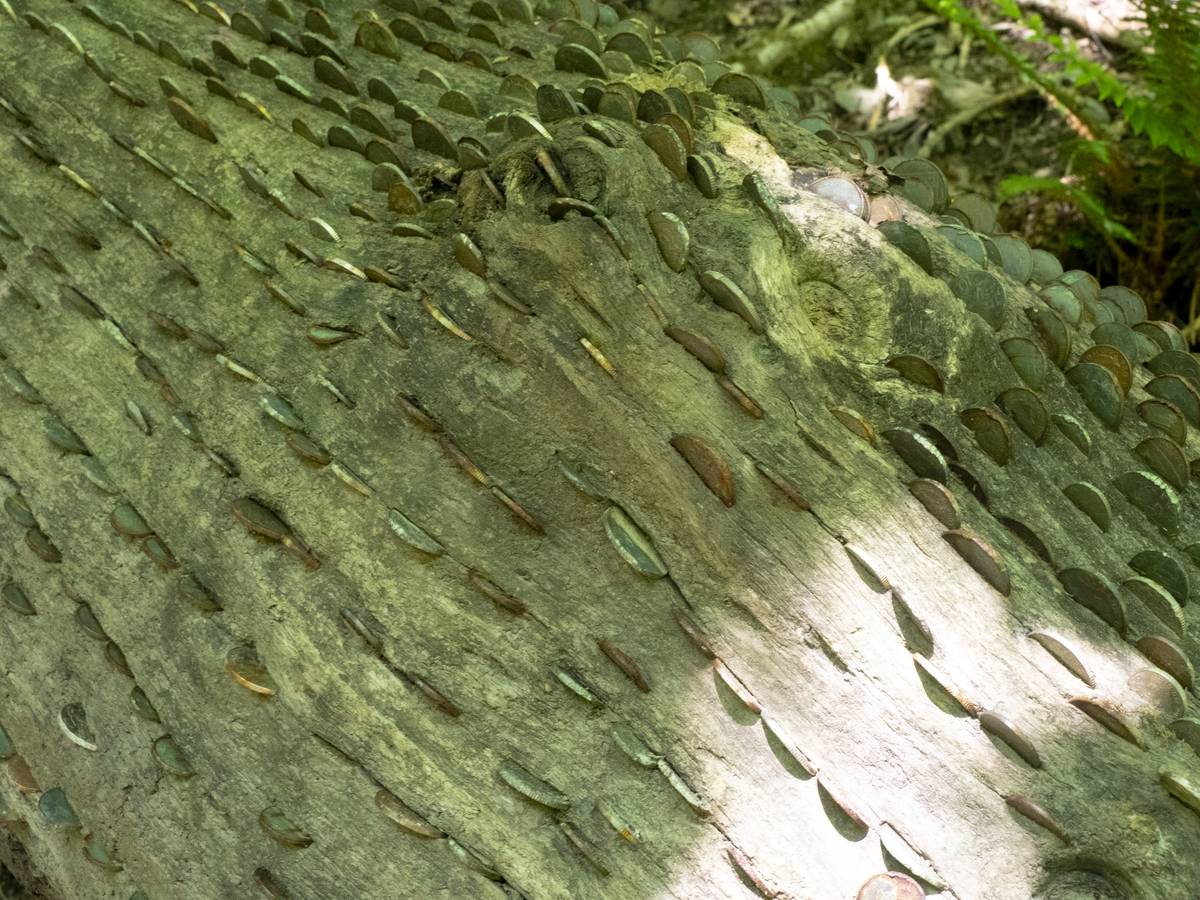
Despite originating in ancient Greece, grave coins have continued throughout the century. Throughout folklore, money has served as an offering to a variety of spirits.
During the 19th century, the British would hammer “wishing coins” into trees to have their wish granted from a spirit. In Canada, people would drop coins into certain graves for the same reason.
But What About American Graves?

Nowadays, few Americans are Hellenic polytheists. So why are there so many coins on modern American graves? Why not place flowers or religious statues?
The purpose of these offerings is widely debated. However, there is one possible meaning that might explain the phenomenon that has been making its rounds on the internet.
Coins Are Placed On Military Graves
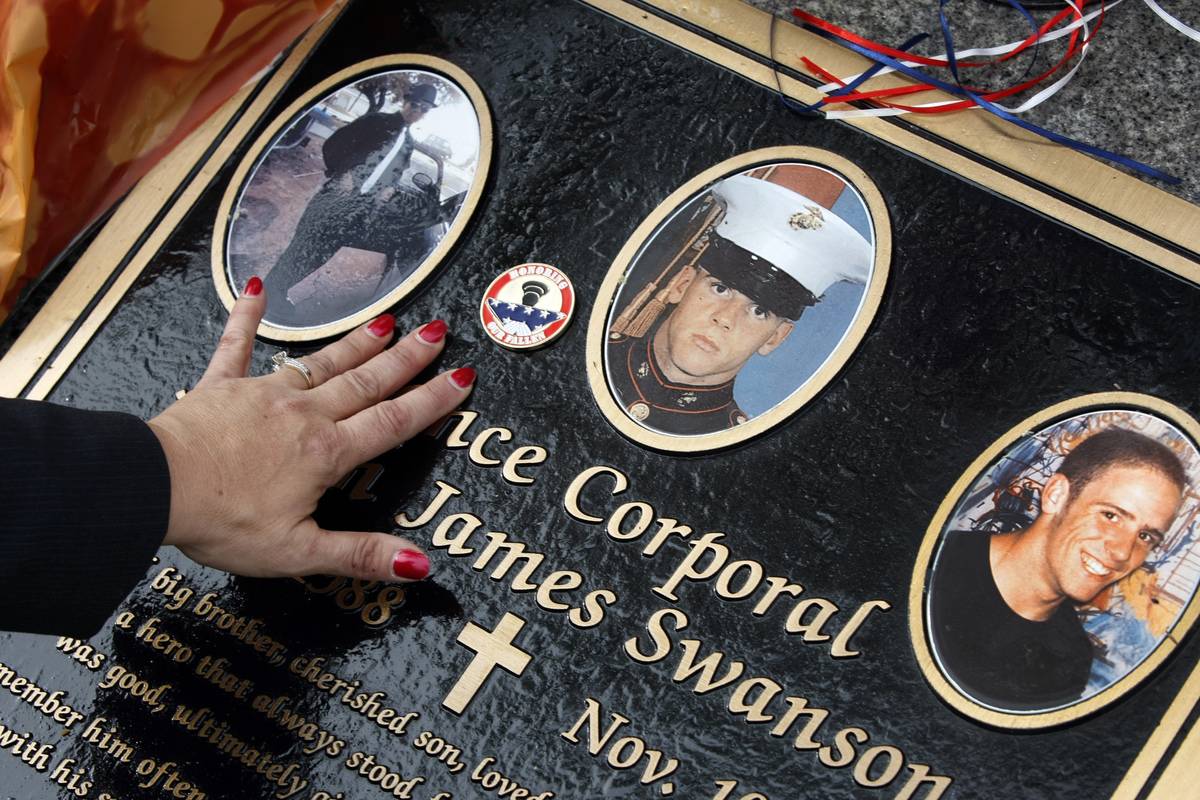
Many Americans place coins on military graves. This usually occurs during Memorial Day, but you will find coins on these graves throughout the year.
Usually, fellow soldiers and veterans will place coins on the graves of their fallen comrades. Everything from pennies to dollar coins has been seen on graves, each with a distinct meaning.
When Did This Tradition Start?

This tradition likely came from the Vietnam War era, during the 1960s and ’70s. Over 58,000 American soldiers died in that war.
While many people placed flowers on veterans’ graves, others wanted something more unique and long-lasting. Since every veteran-owned coins, they started using those to help their comrade’s grave stand out.
However, One Expert Disagrees With This
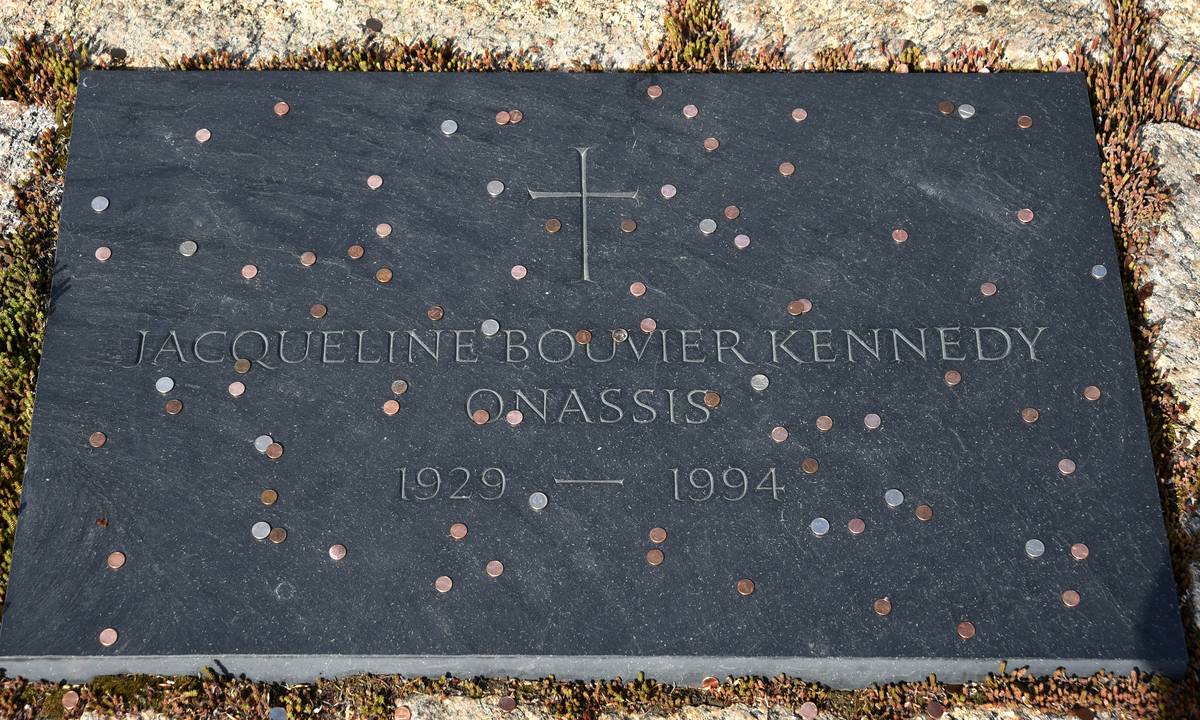
Some experts disagree on the military theory. Tui Snider, the author of Grave Goods: The Meaning of Coins, Seashells & Other Items Left at Historic Cemeteries, has brought up some counterarguments.
Snider claimed that she has seen coins on all types of graves, not just military ones. Plus, the inconsistencies among sources indicate that the “meanings” might not be real.
Coins Tend To Be More Convenient Than Flowers

Compared to flowers and other decorations, coins are a convenient offering. Most people carry them on their person, and few pay for goods with small coins like pennies.
If someone stops by a cemetery, they might not have time to buy flowers. Because of this, coins are becoming a popular grave offering.
But Not All Offerings Were So Expensive
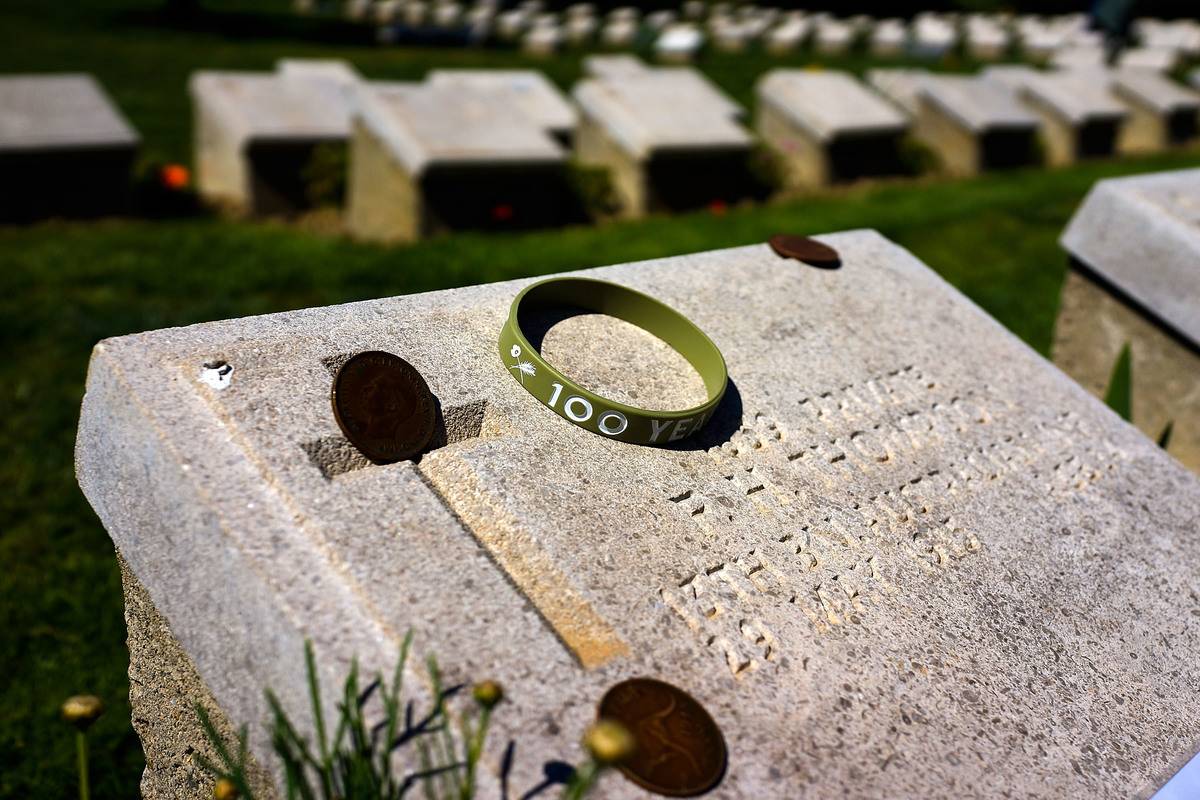
Before the Victorian era, most offerings were not as expensive or difficult to gather as flowers. Most were actions, not items. Music, prayers, and speeches made up the funeral service, much like today.
Although every culture places different items on graves, most of them share two commonalities: food and personal belongings.
Rocks Are Also Common Offerings
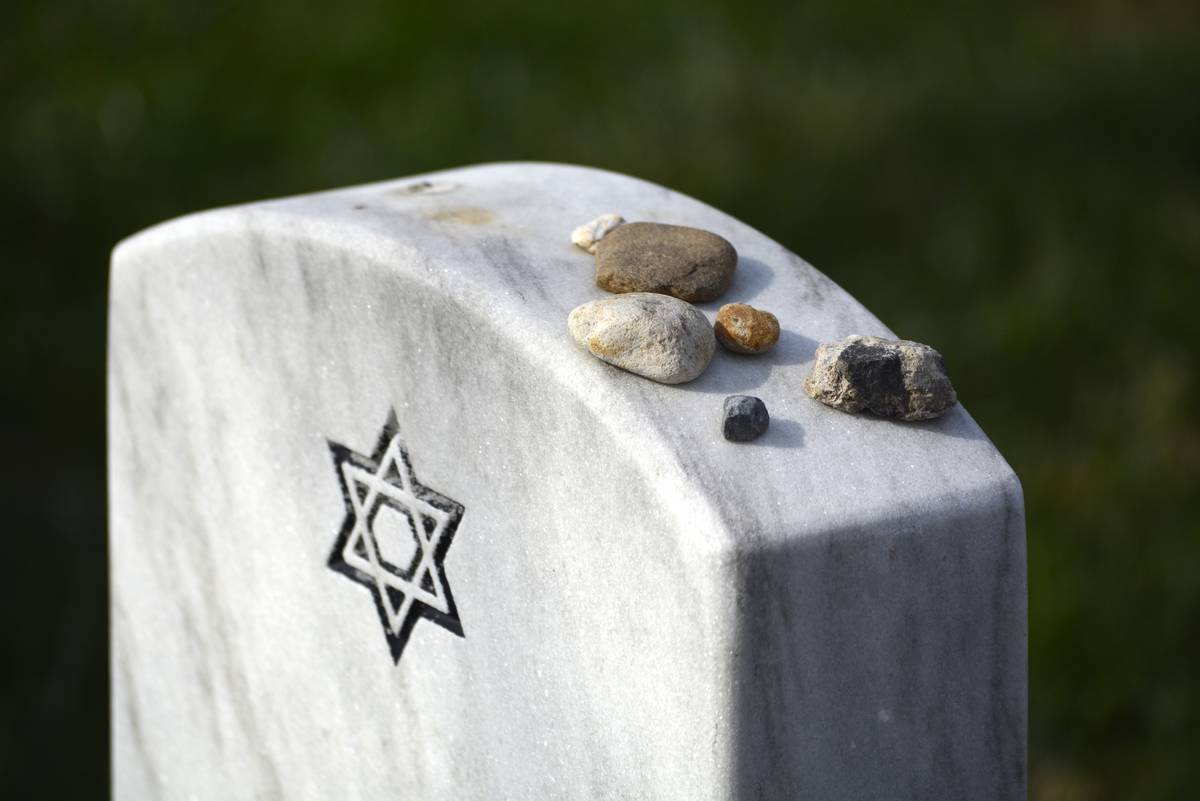
Along with coins, many people place rocks on top of a headstone. This Jewish tradition serves many purposes, such as keeping the soul in this world for a while, which many find comforting.
These pebbles also warned Jewish priests called kohanim. These priests would become impure if they walked within four feet of a corpse, so the rocks told them to stay back.
…Versus Large Stones

Tiny rocks are not the only offering you’ll find on graves. The ancients used to place large stones on top of graves to prevent animals from digging up the corpse.
The bigger the pile, the more important the person who was buried there. Imagine this as a mini-pyramid that did not take decades to create.
Food For The Deceased Dates Back Centuries
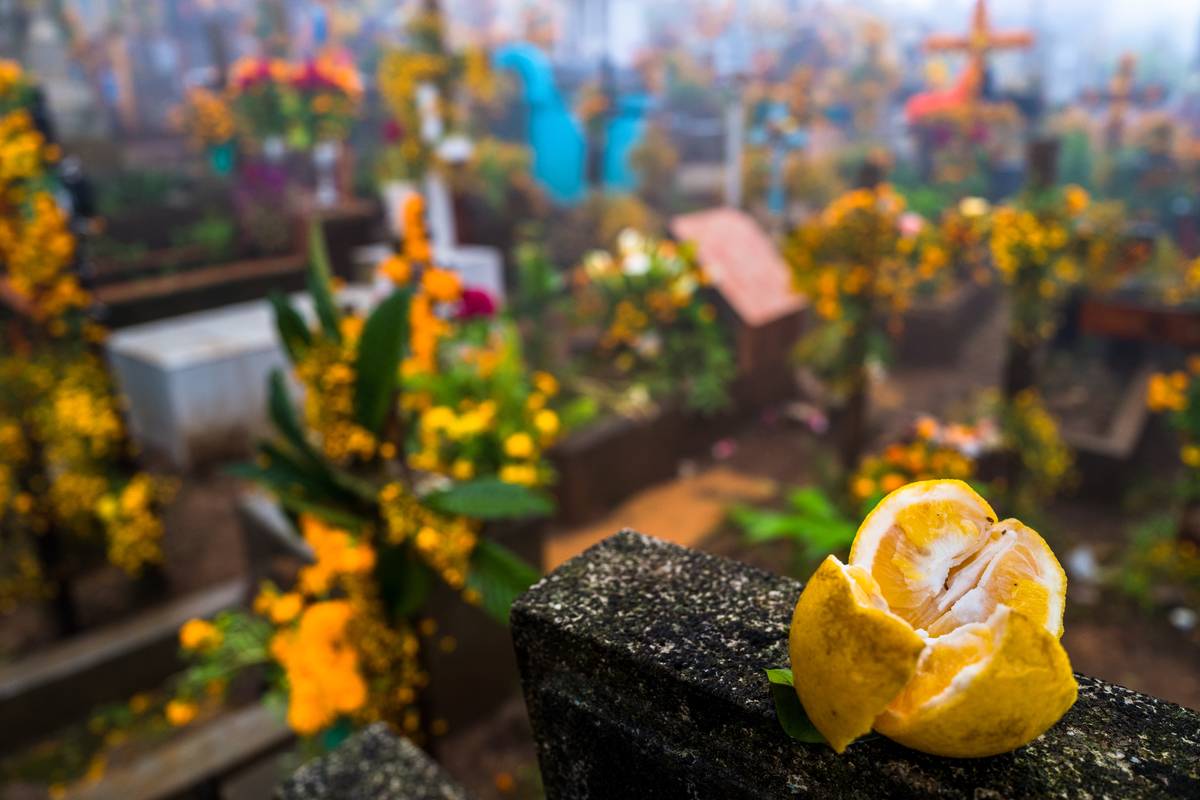
Food and drinks are some of the oldest offerings for the dead. According to Penn Museum, offerings of grains, wine, and oils date back to the Bronze and Iron Ages.
In Mesopotamia, people gave food to the dead to ensure that they did not go hungry. Everything from meat to rice to fruit has been placed on a gravesite.
In Fact, Halloween Stemmed From This Tradition
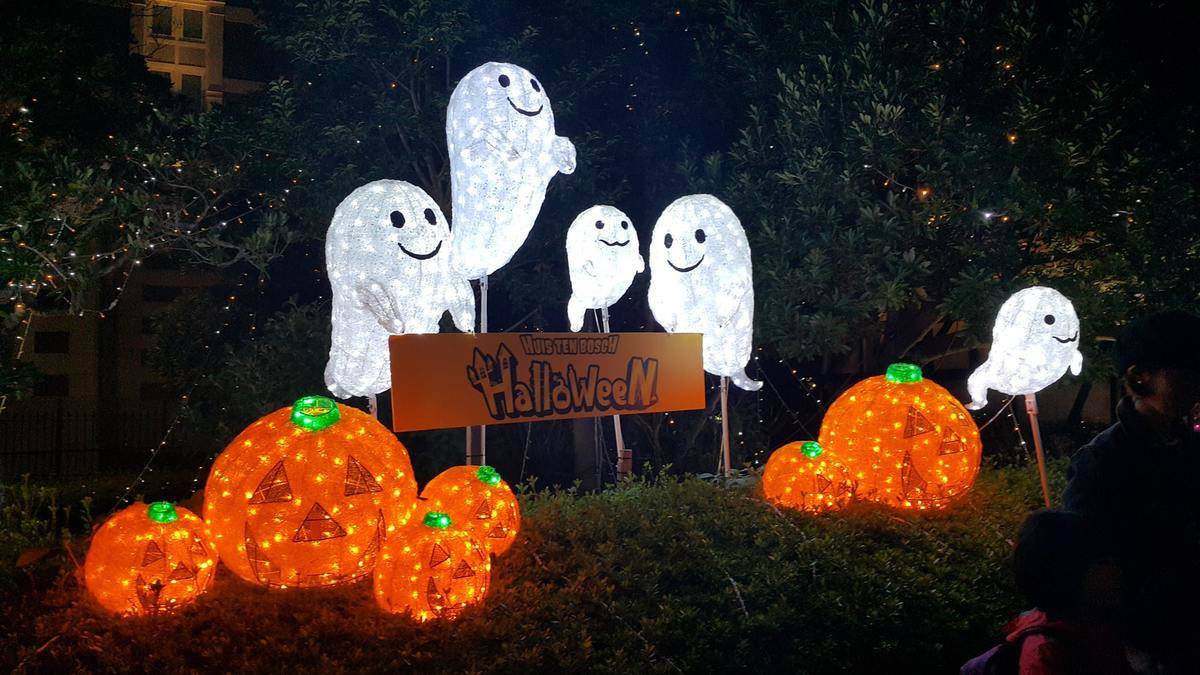
While you might not have heard about feasts with the dead, you likely know Halloween. This holiday stemmed from the ancient Gaelic festival Samhain.
On October 31st, people believed that spirits–including souls of the dead–freely roamed the earth. According to folklore, the dead would visit their family homes. Families would leave out meals and chairs for their deceased family members.
Eating With The Dead Today
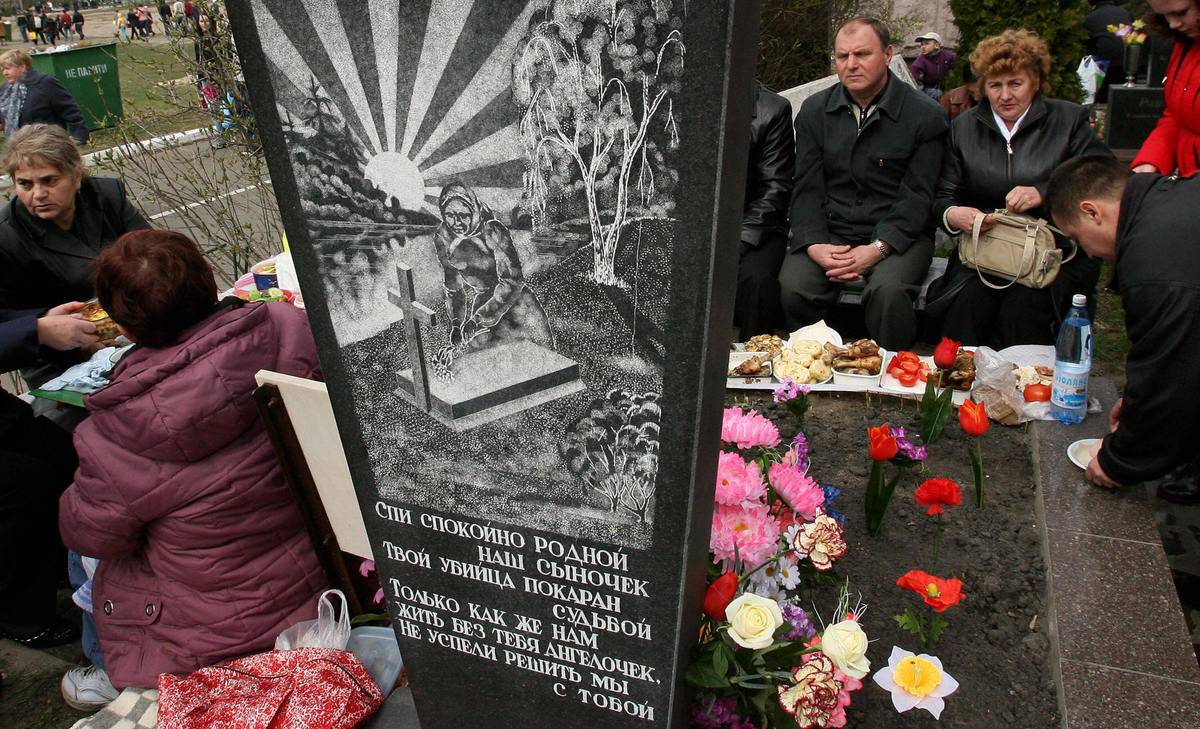
The tradition of sharing food with the dead did not end with Halloween. Nowadays, many people share meals near a loved one’s grave. Some place the deceased’s favorite drink or meal on the grave.
Graveyard picnics were especially popular in the 19th century. Nowadays, though, it is illegal to eat in many cemeteries to prevent littering.
You Can Give Coins To Cremation Graves, Too
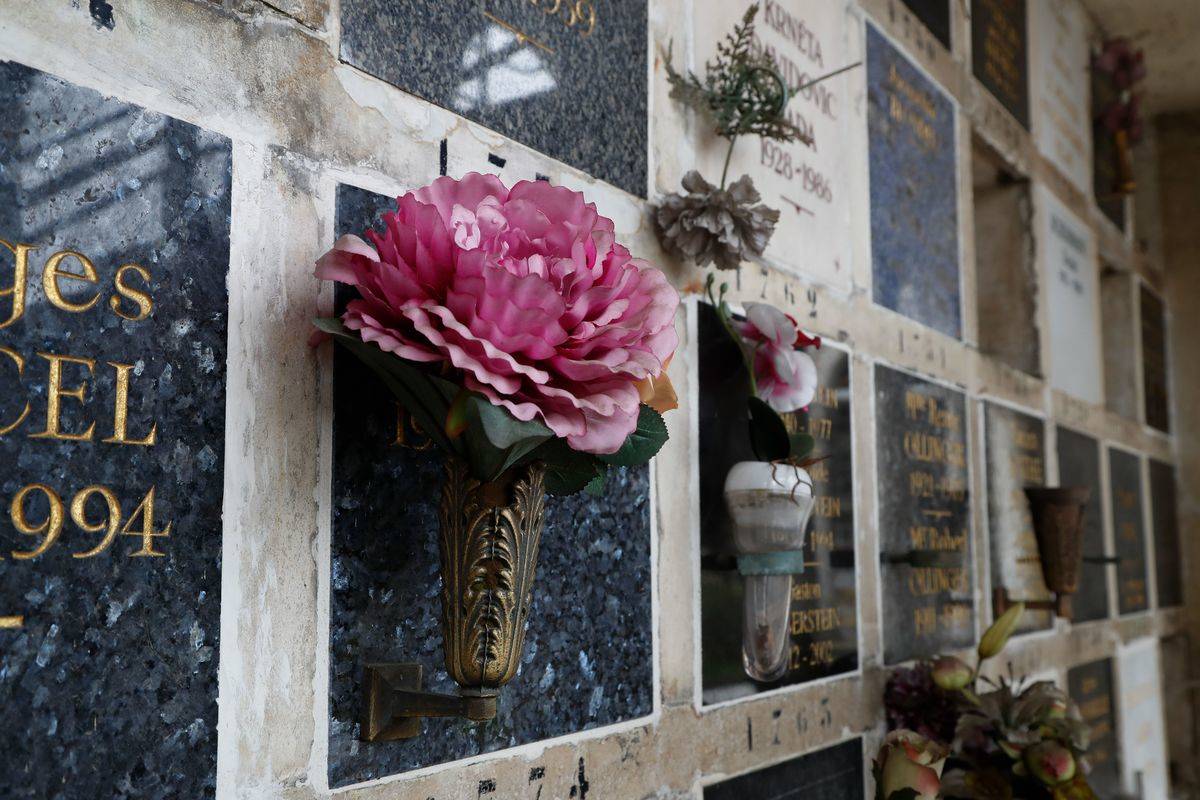
Mourners do not have to put offerings on headstones. Loved ones who are cremated can still receive coins, flowers, and other gifts.
Some cemeteries have provided glass containers for the urn and any offerings the family desired. These containers often hold pictures of the deceased, their favorite belongings, and fresh or faux flowers.

